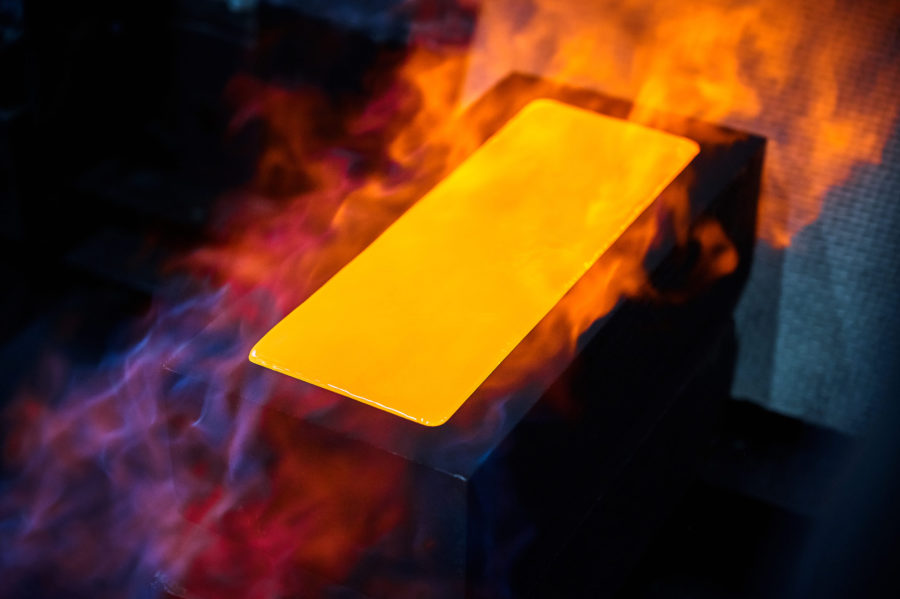Are gold miners starting to hedge again?

Gold producers increased their hedging for the first time in three quarters according to the latest data about forward selling in the gold mining industry from metals research firm GFMS.
The outstanding producer hedge book now stands at 4.88 million ounces, or 152 tonnes, a far cry from levels seen before gold began its 12-year upward climb.
Locking in prices and steady cash flow made sense for gold miners when gold was around the $300-level with little prospect of any substantial move higher.
But as gold’s bull run gained momentum producers lost out on billions of dollars under contracts signed for future delivery well below the ruling price – and often below cost.
Now with the rally in the precious metal apparently beginning to lose steam, market watchers believe hedging may be making a comeback.
The Moscow Times illustrates the trend with Russia miner Petropavlovsk which in February hedged close to half its output for the next year because “with high debt levels and ongoing capex, it makes sense to make sure you have cash coming in when you need to make payments to suppliers.”
The paper also spoke to Mark Bristow, CEO of Randgold Resources, a pure-play gold mining company focused on west and central Africa, who said “while his mainstream projects may not require it, it could help limit risks for more marginal ventures like the Morila gold mine in Mali.”
Not everyone is convinced that going back to hedging is a good idea, particularly not the bigger players like Barrick Gold and Anglogold Ashanti which had to spend billions unravelling their toxic hedge books.
AngloGold’s move to scrap its hedge book — which stood at 11.3 million ounces in early 2008 — cost it $6 billion, but still saved the company a further $4 billion.
“As an industry, there are too many scars from the last 15 years to see a big move back to hedging,” Nomura analyst Tyler Broda said.
“The management changes you have seen at the biggest producers does lend itself to prudence, which could imply hedging, but no one wants to be the first to move, given how risk averse the mood is.”
Gold is down 4.8% so far this year following a 5% drop in the last quarter of 2012 and well below its record high above $1,900 an ounce hit in 2011.
At the same time cash costs for gold miners have been rising. According to Barclays Capital gold production cash costs were the highest on record in 2012, rising by 13.1% to $673 an ounce while marginal cash costs rose by more than 15% year-on-year to $1,104.
More News
{{ commodity.name }}
{{ post.title }}
{{ post.date }}

Comments